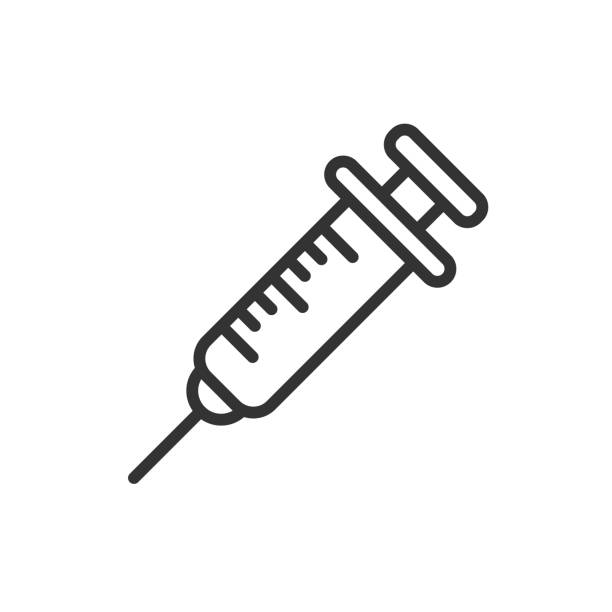Indications
Somatostatin is indicated for:
- Severe acute haemorrhage from oesophageal varices.
- Severe acute haemorrhage from gastric or duodenal ulcers, or accompanying acute erosive or haemorrhagic gastritis.
- Adjuvant treatment of pancreatic, biliary and intestinal fistulae.
- Prophylaxis and treatment of postoperative complications following pancreatic surgery.
Pharmacology
Somatostatin is a synthetic cyclic 14 amino-acid peptide, which is identical in structure and action to natural somatostatin. By intravenous infusion in humans, somatostatin causes inhibition of growth hormone, thyroid stimulating hormone, insulin and glucagon secretion as well as inhibition of gastric acid secretion. It also affects the absorption, motility, splanchnic blood flow and trophic functions of the gastro-intestinal tract. Physiologically, somatostatin is found mainly in the gastro-intestinal tract and in the hypothalamus.
Somatostatin inhibits the release of gastrin, gastric acid, and pepsin which supports its indication in the treatment of upper gastro-intestinal haemorrhage. Furthermore, somatostatin is capable of reducing remarkably splanchnic blood flow without causing significant variations in the systemic arterial pressure, which proves to be valuable for the management of oesophageal variceal haemorrhage. Somatostatin reduces both pancreatic endocrine and exocrine secretion which makes it effective in the prophylaxis and treatment of postoperative complications of pancreatic surgery. The positive effect of somatostatin in the management of diabetic ketoacidosis can be ascribed to its suppression activity of glucagon secretion.
Dosage And Administration
Somatostatin is given intravenously, by slow bolus injection (3 to 5 minutes) of 250 µg or by continuous infusion at a rate of 250 µg/hour (equivalent of approximately 3.5 µg/kg body weight/hour). The lyophilised powder should be reconstituted with the physiological sodium chloride solution immediately prior to use. For continuous infusion one 3 mg of Somatostatin ampoule should be used to prepare a 12 hours infusion. The solution may be either saline or 5 % dextrose and should be adjusted to guarantee an outflow of 250 µg somatostatin/hour. The use of a perfusion syringe is recommended.
Treatment of severe acute bleeding from the upper gastro-intestinal tract, including from oesophageal varices: It is recommended to start by a slow intravenous injection of 250 µg of Somatostatin as loading dose, then immediately followed by an intravenous infusion at a rate of 250 µg/h. In case of interruption of more than 3 to 5 minutes between two infusions, an additional slow intravenous injection of 250 µg is recommended to ensure a continuous treatment. Once the haemorrhage has stopped (usually in less than 12 to 24 hours), treatment should be continued for 48-72 hours in order to avoid rebleeding. Treatment up to 120 hours has been routinely performed in this indication.
Adjuvant treatment in pancreatic, biliary and intestinal fistulae: A continuous infusion of Somatostatin at a rate of 250 µg/h is recommended until closure of the fistulae (2-20 days). This infusion should be performed in addition to total parenteral nutrition. Once the fistula has been closed, treatment should be continued for 1 to 3 days and stopped progressively in order to avoid rebound effect. Prophylactic treatment of postoperative complications following pancreatic surgery: Somatostatin is administered at the beginning of the surgical intervention at a rate of 250 µg/h and treatment is continued for 5 days.
Interaction
Since somatostatin lengthens the time of hexobarbital-induced sleep and potentiates the action of pentetrazol, Somatostatin should not be administered concomitantly with these drugs or with drugs exerting the same effects.
Contraindications
Somatostatin is contra-indicated:
- During pregnancy and the immediate post-partum period (puerperium) as well as during lactation. There is no evidence of the drug’s safety in human pregnancy nor is there evidence from animal work that it is free from hazard.
- In states of proven hypersensitivity to somatostatin.
Side Effects
Nausea, vertigo, and flushing have been reported rarely. Nausea and vomiting have been reported when the infusion rate is greater than 50 µg/min.
Pregnancy And Lactation
Avoid in pregnancy unless there is no safer alternative.
Precautions And Warnings
Due to its inhibitory effect on the secretion of insulin and glucagon, the administration of Somatostatin can, at the onset of treatment, lead to a transient fall in blood glucose level. Caution is, therefore, called for in insulin-dependent diabetic patients in whom blood glucose should be measured every 3-4 hours. Simultaneous administration of insulin-requiring sugars should, if possible, be avoided. If necessary, insulin should be administered.
Therapeutic Class
Growth hormone antagonist
Storage Conditions
Storage condition and expiry date are indicated on the box. Solutions of Somatostatin in physiological sodium chloride are stable for 24 hours.
